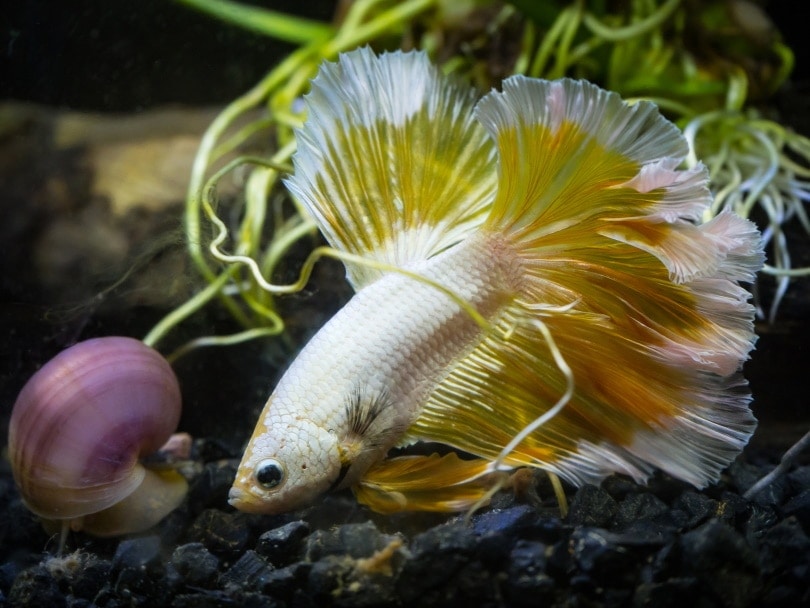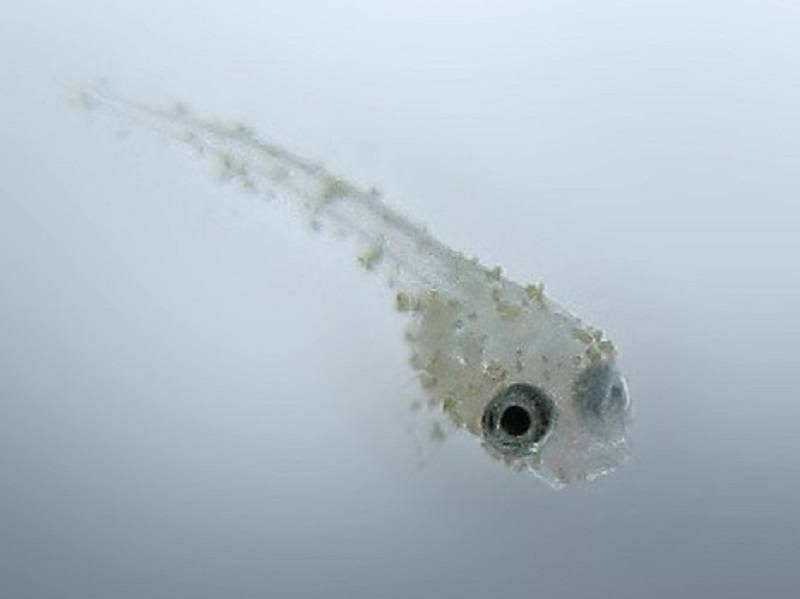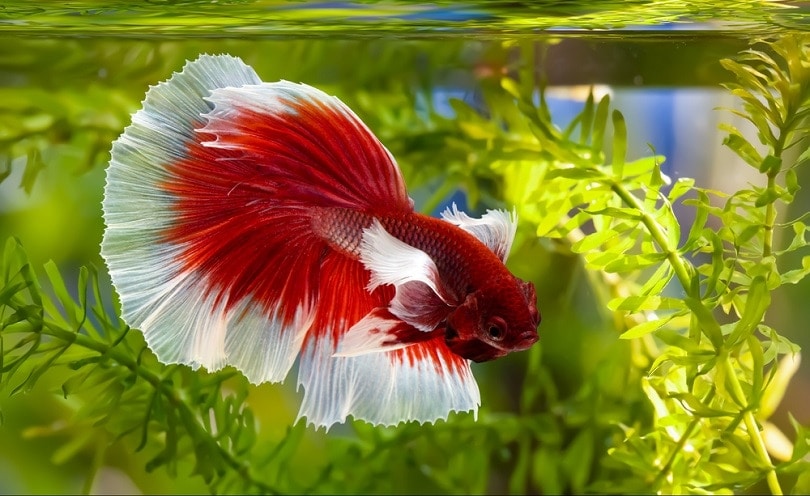How Often Should You Change Your Betta Fish Water? Facts & FAQs

Updated on
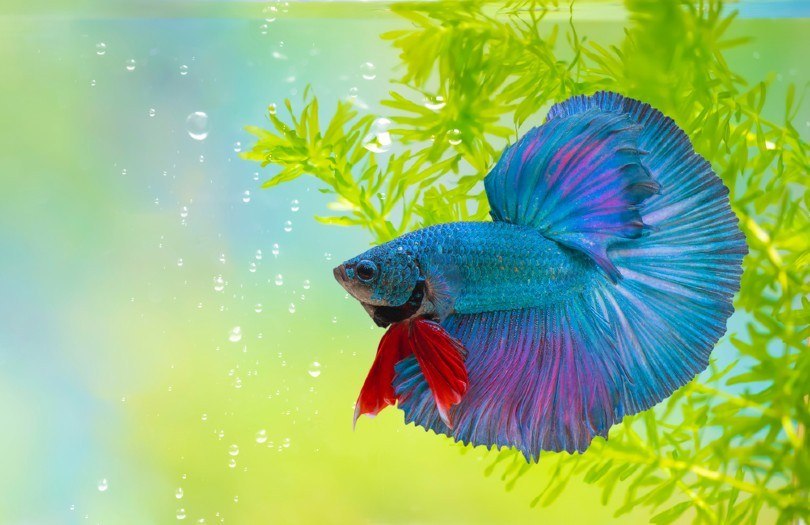
Taking care of your betta’s aquarium is such an essential part of looking after these beautiful fish. Every proud fish keeper also knows how necessary water changes are for their aquariums, but if you’re new to the betta world, you might not know how often you need to change your betta’s water to keep them healthy and happy.
Well, we’re here to help! We’ll go over how often you should change your tank’s water, as well as how to do it with minimal stress for your betta. Realistically, if you have a filter, you should change 10% to 20% of the water at least every 7 to 10 days.
Let’s Talk About Water Conditions
Betta in the wild originate in Southeast Asia. Specifically, they are from Thailand, but other betta species are also found in Vietnam, Laos, Malaysia, Indonesia, and Cambodia. Bettas call shallow and mostly stagnant waters home and can be commonly found in marshes, rice paddies, and floodplains.
When living in captivity, bettas do well in warm water (76° F to 81° F) with 6.8 to 7.5 pH levels, but they will do best in a more neutral pH level of below 7.0.
We’re assuming you have been keeping your betta in these water conditions, so it’s important to maintain this during a water change.
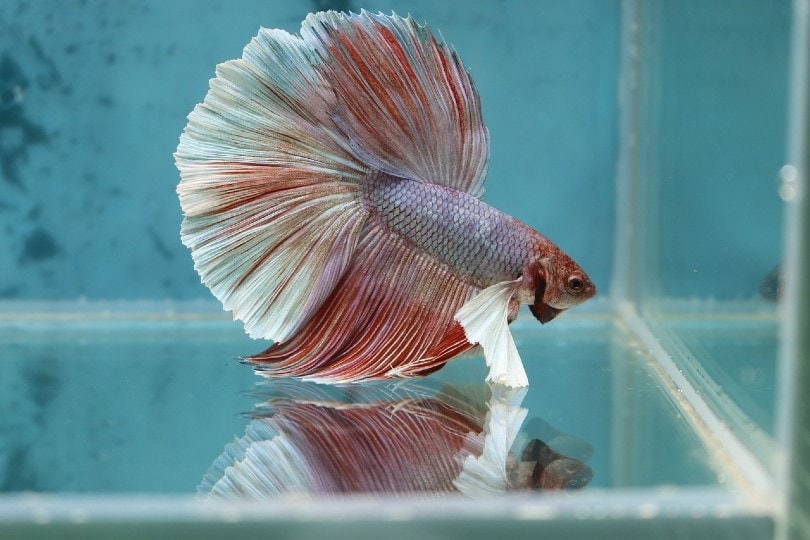
Why Do I Need to Change My Betta’s Water?
Obviously, your betta eats and poops. That’s the short answer.
The long answer is that the water in your aquarium naturally grows in high levels of nitrates and ammonia, all caused by leftover food and that fish poop. Regularly changing the water will reduce these ammonia and nitrate levels, which can be quite harmful to your betta if left to grow unchecked. So, it’s essential to change the water for your betta’s overall health.
Onward to the question that brought you here!
How Often Should I Change My Betta’s Water?
Now that we’re ready to answer this question, we actually don’t have a simple answer for you. Sorry about that.
There are several factors that will have an influence on how often you should change the water. How large your tank is, what kind of filter you use, how much you feed your betta, and whether your betta alone or it has tank mates, all of these details will make a difference in the frequency of your water changes.
However, to put it in a nutshell, as long as you have a filter, you should change 10% to 20% of the water at least every 7 to 10 days. Without a filter, you should change 30% to 50% of the water.
You can get away with changing larger amounts of water less frequently (for example, 20% to 30% of the water every 2 to 3 weeks) but doing smaller water changes contributes to more balanced water conditions for your betta.
We’ll have a closer look at these factors so you can figure out your own water change situation.
The Size of Your Tank
The larger the aquarium, usually the easier it is to look after, at least compared to the smaller ones. Maybe that sounds illogical, but the more water there is, the longer it will take for your betta to dirty it up.
If you do have a smaller tank (5 gallons or smaller), this is fine, but you’ll need to change the water more often. You should also avoid overfeeding your betta, which will contribute to the pollution of the water.
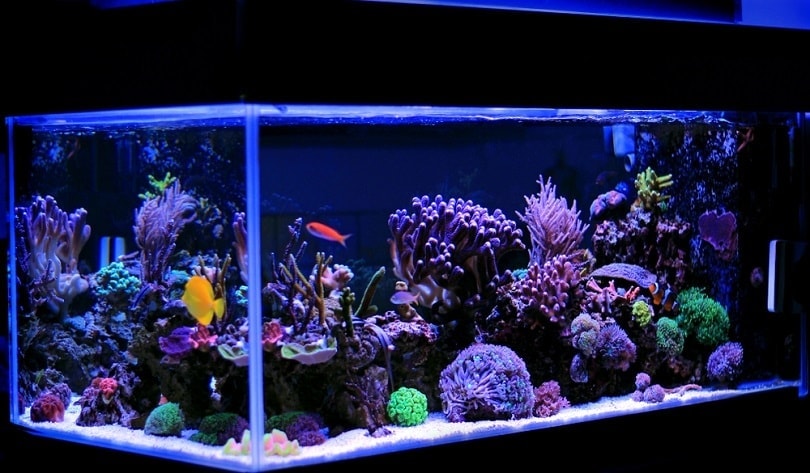
How Much Do You Feed Your Betta?
Many fish keepers prefer to feed their betta a little extra in case they become hungry later. The problem with this tactic is that all of that extra food is just going to accumulate and rot pretty quickly.
The best course of action is to feed your betta one good meal a day or 2 or 3 much smaller meals daily.
Tank Mates
This one should be pretty evident. The more fish in your betta’s aquarium, the more accumulated food and poop there will be. And this also means the more frequently you’ll need to change the water.
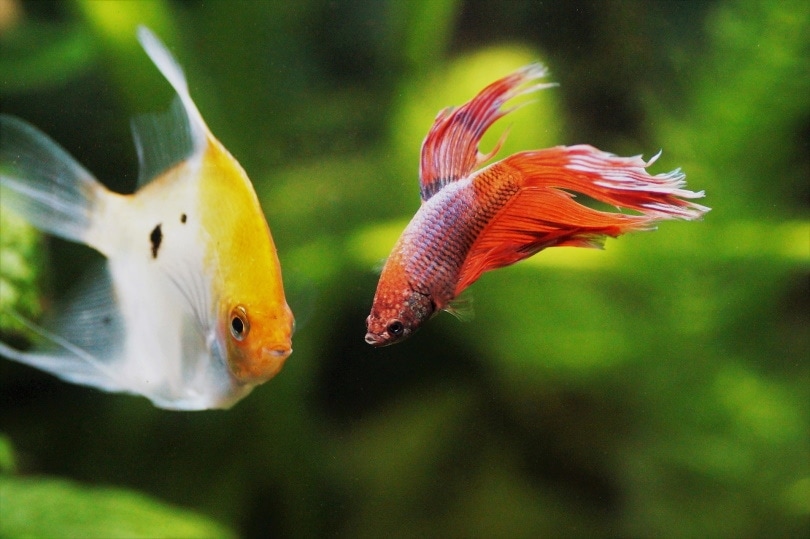
Filters
Having a good filter for your betta’s tank is essential. While they are used to living in stagnant pools of water in the wild, not having a filter in your tank will only mean you’ll need to do much more frequent water changes.
Your best bet is a sponge filter, which can give your tank enough filtration for one betta and several tank mates. These filters not only filter out the bad but contribute to the good bacteria that feed on nitrates and ammonia.
Why Small Water Changes Are Best
Well, there are two good reasons for this beyond it being a lot easier for you. The tank water should be at the right level of bacteria (the good kind), pH level, temperature, and other parameters.
If you change all of the water at once, it will disturb the balance that has taken time to get to just the right levels. This unbalance will inevitably stress your betta out, which of course can lead to health problems and possibly death.
How to Change Your Betta’s Water
Now that you know the whys, let’s deal with the hows.
- One bucket for the clean water: Be sure that the bucket you use is clean and doesn’t have any chemical residue—e You don’t want to transfer any harmful trace chemicals back into your aquarium.
- One bucket for the dirty water: Any bucket will do. It’s dirty water.
- Siphon hose: A good siphon hose just uses gravity to suction the water out. Just be careful that you don’t suction up any of your fish!
- Thermometer: Hopefully, you already have one. You do need it to ensure that the clean water is the same temperature as the water in the aquarium.
- Water conditioner: If you’re using tap water, you’ll need to treat it to remove the chlorine.
- Water test kit (optional):If your tap water is quite different in its parameters from your tank water, you could invest in a water testing kit so you can adjust the clean water as necessary.
Once you have what you need, it’s time to start changing that water.
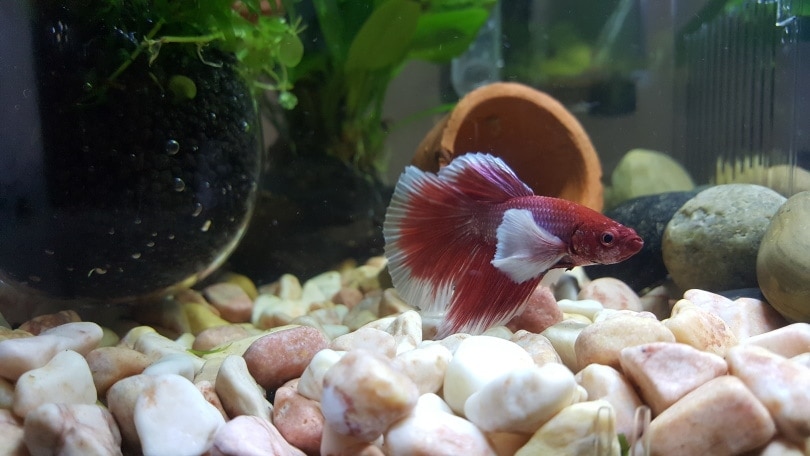
Start by Removing the Dirty Water
Each step should be done gently in order to cause the least amount of stress for your betta. And don’t remove your fish for the cleaning as that will cause more stress than the cleaning itself.
- Unplug all lights, heaters, and filters: Safety first! You can also take this opportunity to clean the filter and anything else that might need it.
- Remove large decorative items from your tank: Anything that will get in the way of your hose (like houses and large rocks, etc.).
- Place the “dirty water” bucket next to the tank.
- Get the suction hose working while in the tank: Follow the instructions with the hose to get the water flowing.
- Run your hose across the gravel: You’ll want to gently push it in and out of the gravel, which will suck up the lighter, uneaten fish food.
- Remove the right amount of water: Follow the guidelines we’ve discussed. If you have a large, filtered tank, you just need to remove about 20%, but with a smaller unfiltered tank, you’re looking at a minimum of 30% up to 50%.
Get the Clean Water Ready
- Fill your clean bucket with clean water: It’s best to reserve this bucket only for this task, so you don’t risk any harmful residue. Make sure the bucket can hold the right amount of water you want to add to the aquarium.
- Use your thermometer: You’ll want to check the temperature of the tank water and get your bucket of water as close as possible to match the temperature. Just add warm or cool water to adjust.
- Treat the water: Use your water conditioner to treat your bucket of clean water by following the instructions that come with it.
Time to Finish Up
Place the decorations back in your tank, gently pour the clean water in, plug everything back in, and you’re done!
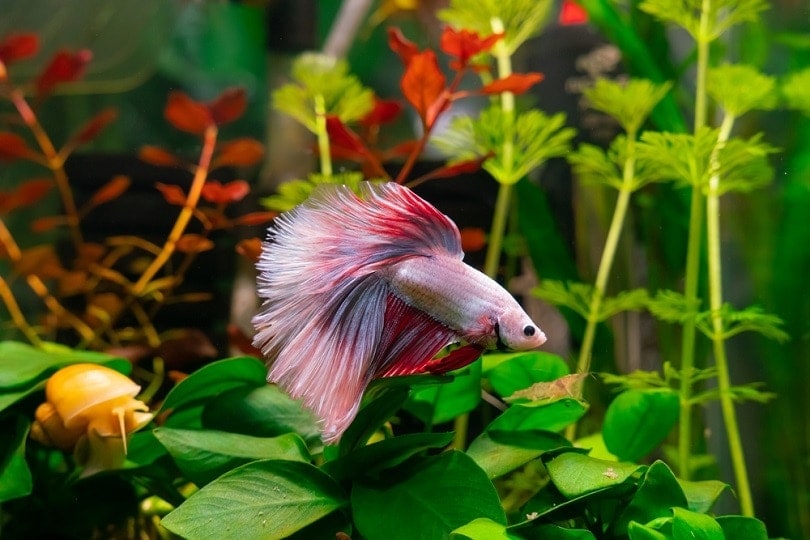
Conclusion
Some of the steps you can take to help keep your betta’s tank clean and disease-free include:
- Not overfeeding your fish
- Take care of any real plants you have in your aquarium
- Regularly clean the gravel, accessories, and decorations
- Use a water filter!
And remember, smaller and more frequent water changes are always better than bigger and infrequent. Just as long as you take good care of your aquarium, you’ll have your betta fish for a long time.
See Also:
- How Much Space Do Betta Fish Need? Vet-Approved Tank Size Guide!
- How to Lower Ammonia Levels in Fish Tank: 7 Vet-Approved Tips
Featured Image Credit: Buddy BIGPhotographer, Shutterstock

